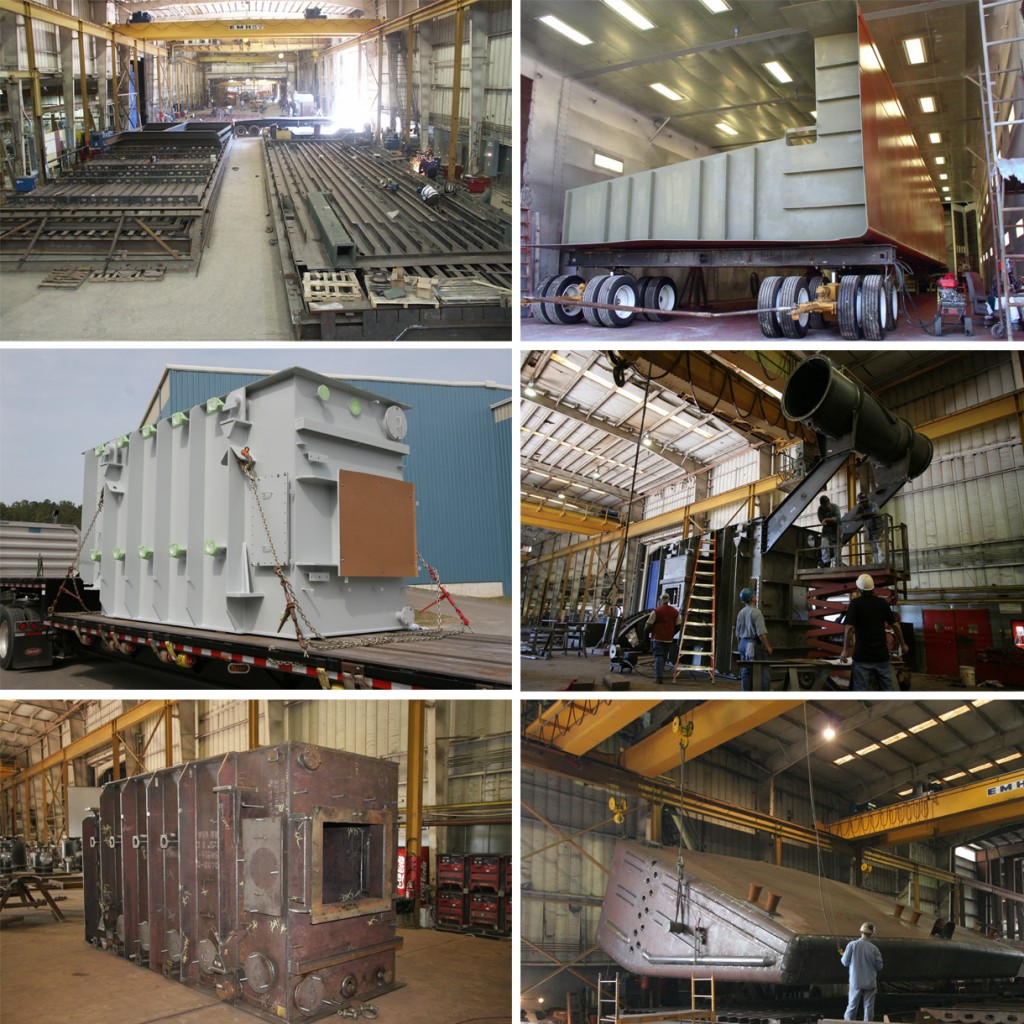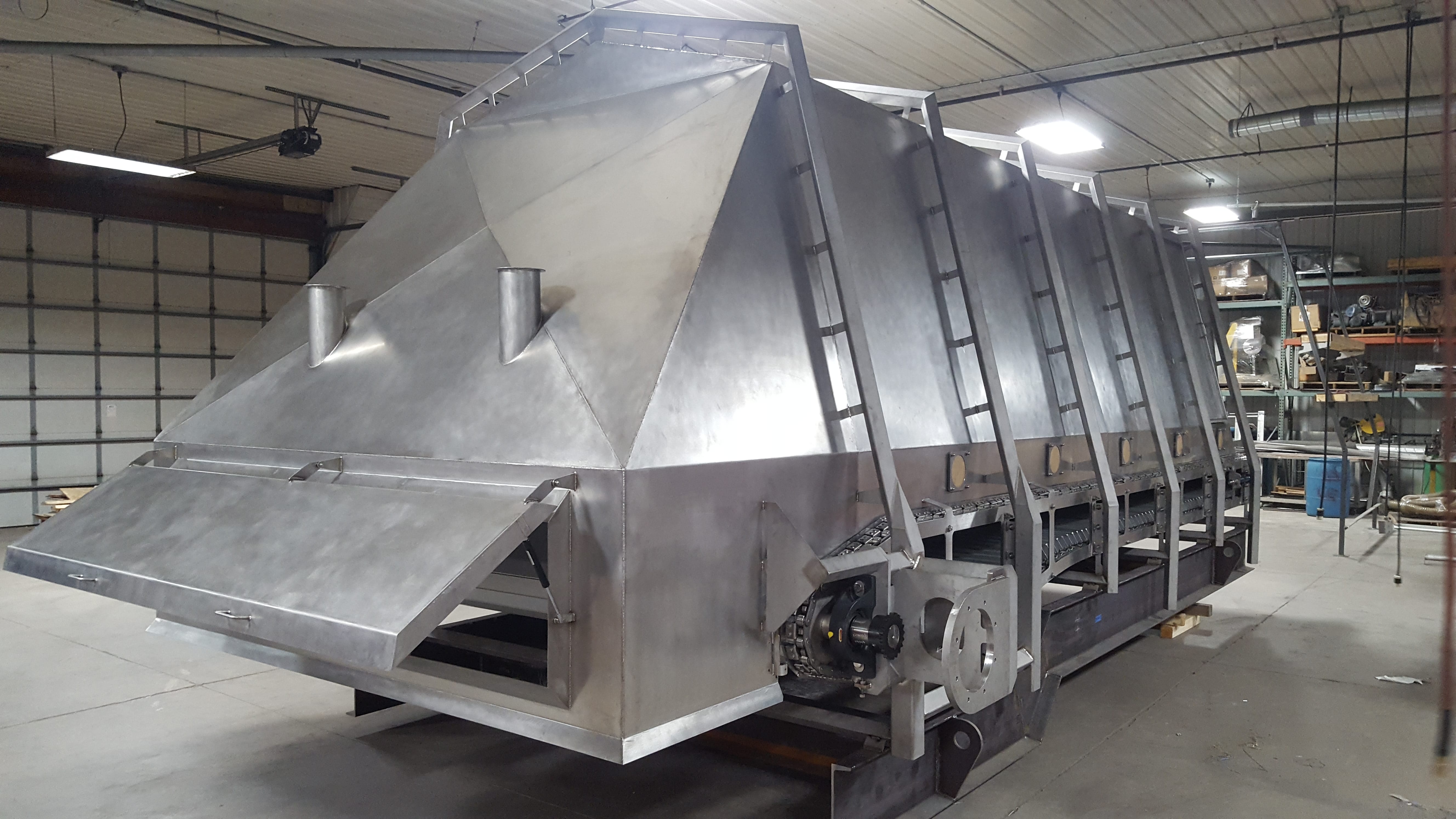Advanced Steel Fabrication Melbourne: Structure the Future Today
Wiki Article
Comprehensive Analysis of Cutting-Edge Techniques in Steel Manufacture Market
As the steel construction sector proceeds to evolve, the integration of innovative strategies has actually come to be important for staying competitive and satisfying the needs of modern-day production criteria. In this dynamic industry where technology plays a critical function, comprehending the subtleties of these innovative strategies is not simply an alternative yet a need for those looking to build in advance in the ever-evolving globe of steel manufacture.Laser Reducing Improvements
In the world of steel construction, laser cutting improvements have transformed the precision and efficiency of metal shaping processes. By harnessing the power of focused laser light beams, makers can currently accomplish exceptional levels of accuracy when cutting via numerous kinds of metals. This technology enables detailed layouts to be carried out with very little material wastefulness, making it a cost-efficient remedy for markets needing high precision parts.One of the key benefits of laser cutting is its capability to deal with a wide array of materials, including stainless-steel, aluminum, and carbon steel, with ease. The procedure creates tidy, burr-free sides, eliminating the demand for extra finishing actions. Additionally, the non-contact nature of laser reducing minimizes the risk of material contamination, causing higher quality end items.
Additionally, laser cutting equipments can be configured to make swift, specific cuts, substantially reducing manufacturing time compared to standard reducing techniques. This rate and accuracy make laser reducing specifically appropriate for mass manufacturing atmospheres where performance is critical. As innovation remains to advancement, laser cutting is positioned to play an increasingly crucial role in the steel construction sector.

CNC Machining Innovations
The advancement of CNC machining technologies has ushered in a brand-new period of accuracy and efficiency in the steel construction market. Computer System Numerical Control (CNC) equipments have transformed steel construction by using unmatched precision and repeatability in the manufacturing process. steel fabrication melbourne. Among the crucial technologies in CNC machining is the assimilation of innovative software systems that enable real-time monitoring and adjustments, leading to enhanced productivity and quality assuranceIn addition, the growth of multi-axis CNC equipments has actually permitted for the construction of complicated steel elements with elaborate styles that were previously challenging to generate. These equipments can execute a wide variety of machining operations, including milling, drilling, transforming, and grinding, all with high degrees of precision.
Furthermore, the incorporation of automation and robotics in CNC machining has streamlined manufacturing procedures, decreased lead times, and decreased the margin of mistake. This combination of advanced technologies not just improves efficiency but additionally ensures constant quality throughout all produced steel parts. To conclude, CNC machining advancements continue to drive innovations in the steel construction industry, establishing new criteria for accuracy and productivity.
Automated Welding Technologies
Automated welding modern technologies have changed the steel construction industry, improving efficiency and accuracy in the welding process. These sophisticated innovations make use of computer-controlled systems to automate the welding process, bring about higher performance levels and boosted weld Read More Here quality. Among the key benefits of automated welding is the capacity to carry out intricate welds with consistent precision, reducing the probability of mistakes and remodel.Robot welding systems go to the forefront of automated welding technologies, supplying unequaled rate and precision. These systems can take care of a variety of welding jobs, from easy to complex, with ease (metal fabrication melbourne). By utilizing sophisticated sensing units and software, robot welders can adjust to variants in material and joint geometry, guaranteeing an attire and trusted weld
Additionally, automated welding innovations boost office safety by reducing the exposure of human welders to harmful fumes and extreme warmth. As the steel manufacture industry continues to develop, integrating automated welding innovations will certainly be necessary for firms aiming to remain competitive and meet the growing needs for high-quality welded items.
Robotics Assimilation in Manufacture
Making use of robot systems in manufacture procedures has actually ended up being an essential method for improving effectiveness and precision in contemporary manufacturing environments. Robotics integration in steel fabrication supplies a myriad of advantages, consisting of boosted efficiency, improved quality control, and enhanced precaution. These innovative robot systems are geared up with sophisticated sensing units and shows abilities, enabling them to perform navigate here detailed jobs with a high degree of accuracy and repeatability.Among the crucial advantages of robotics assimilation in steel manufacture is the capability to automate repetitive jobs, such as material handling, cutting, welding, and setting up processes. This not just accelerates production he has a good point cycles yet likewise reduces the threat of human error, leading to greater overall item high quality. Additionally, robotics can operate 24/7, significantly enhancing production outcome and meeting limited job deadlines.

3D Printing in Steel Production
Having actually revolutionized the steel construction market via robotics integration, the growing expedition of 3D printing in steel production is positioned to more advancement the realm of modern production methods. 3D printing, likewise called additive manufacturing, uses extraordinary design freedom and complexity, allowing the development of detailed steel frameworks that were formerly unattainable via traditional manufacturing methods. By utilizing computer-aided style (CAD) software application, makers can specifically manage the layer-by-layer deposition of steel product, leading to components with improved geometries and capabilities.Among the crucial benefits of 3D printing in steel manufacturing is its capability to decrease material waste significantly. Unlike subtractive manufacturing procedures where excess product is cut away, 3D printing just utilizes the required amount of steel needed for the last component. This effectiveness not only leads to set you back financial savings however likewise aligns with lasting production methods by reducing environmental influence.
In addition, 3D printing makes it possible for fast prototyping and customization, allowing for the manufacturing of little batches of intricate steel parts with brief lead times. As the technology remains to develop and become extra obtainable, its combination into mainstream steel manufacture processes is anticipated to drive advancement and efficiency throughout the market.
Verdict
To conclude, the steel fabrication industry has seen considerable improvements in methods such as laser cutting, CNC machining, automated welding, robotics assimilation, and 3D printing. These sophisticated technologies have revolutionized the way steel products are manufactured, resulting in enhanced efficiency, cost-effectiveness, and precision. Continued investment in these innovative techniques is crucial for the industry to remain affordable and satisfy the demands of modern production procedures.As the steel construction market continues to progress, the assimilation of sophisticated methods has become essential for remaining affordable and satisfying the demands of modern-day production standards.One of the key benefits of laser cutting is its capability to handle a vast array of materials, consisting of stainless steel, light weight aluminum, and carbon steel, with simplicity.Automated welding technologies have actually transformed the steel fabrication sector, improving performance and accuracy in the welding process.Having actually transformed the steel manufacture market through robotics assimilation, the growing expedition of 3D printing in steel manufacturing is positioned to additional advance the world of modern production techniques.In final thought, the steel fabrication market has seen considerable advancements in techniques such as laser cutting, CNC machining, automated welding, robotics combination, and 3D printing.
Report this wiki page